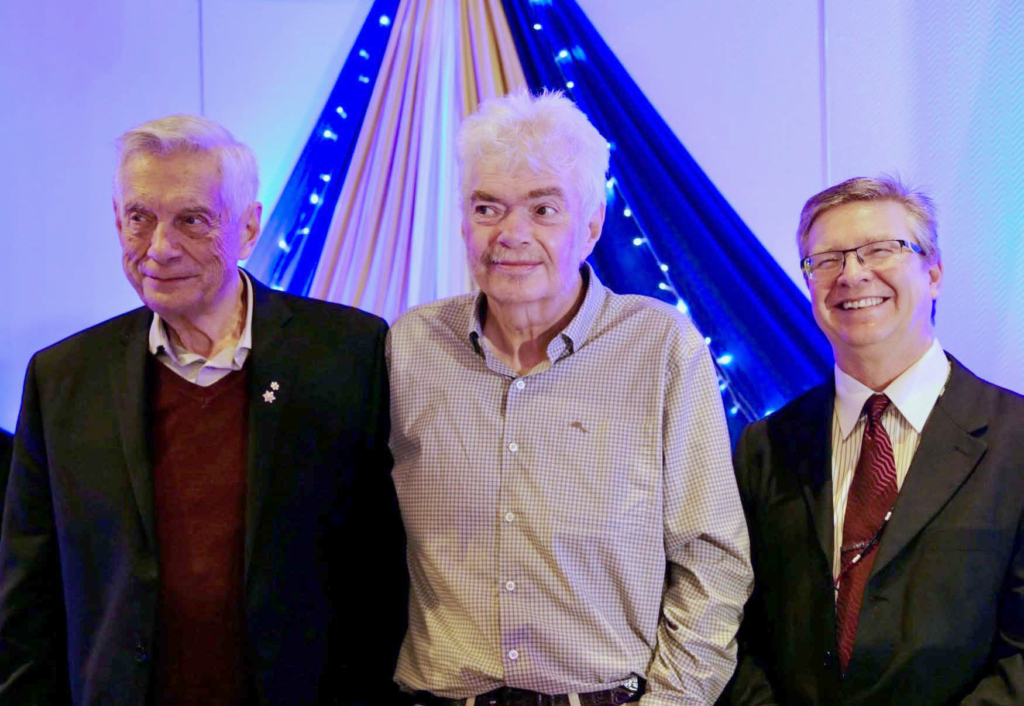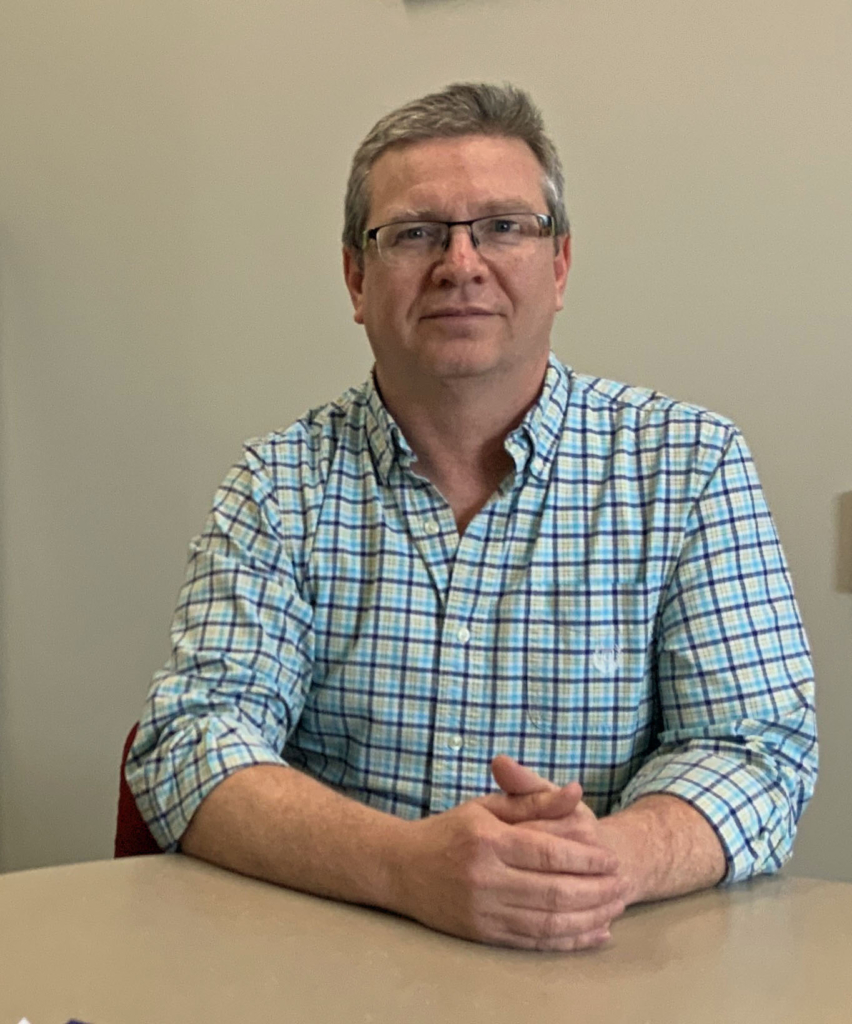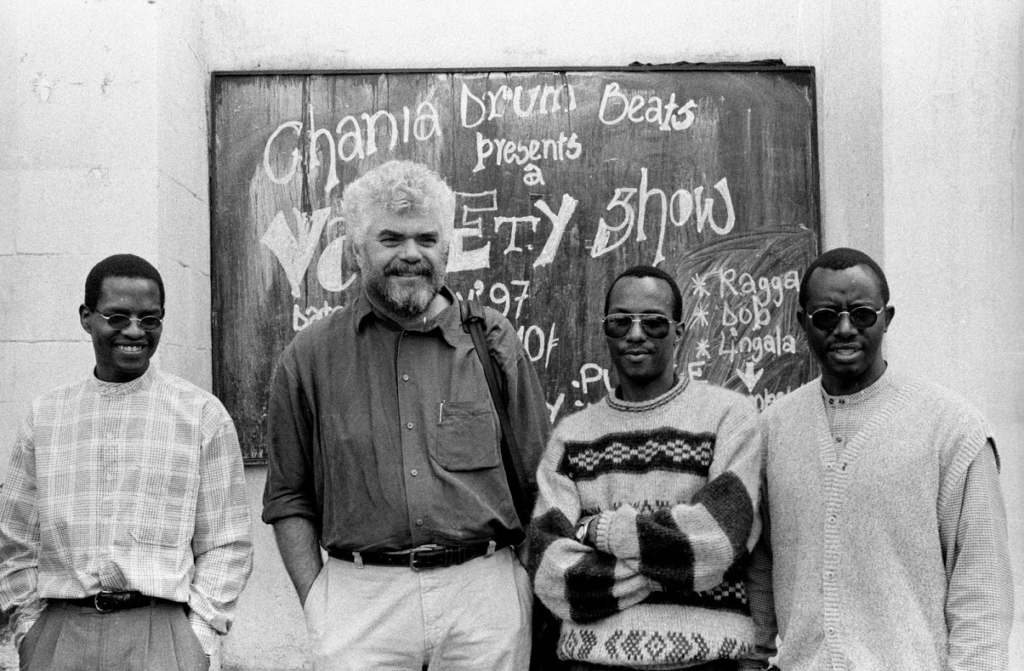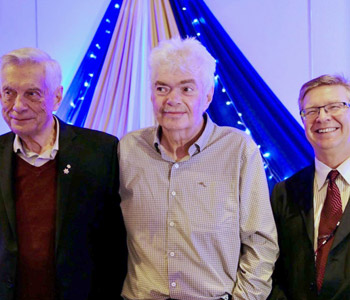Written by: Brian Cole

Dr. Francis (Frank) Plummer was 29 years old when he accepted an invitation to join a clinic in Nairobi, Kenya, that had been set up to treat patients with sexually transmitted diseases.
A post-doctoral fellow in the University of Manitoba’s Department of Medical Microbiology and Infectious Diseases, he could not possibly have known that his decision in 1981 to join the clinic would change his life. But change his life it did.
Plummer would spend a total of 17 years in Kenya. During that time, he would help build a clinic that cared for thousands of patients and attract international attention for his research into HIV/AIDS, a disease that was just starting to attract notice in the early 1980s.
Eventually, he would return to Canada to continue his distinguished career, serving as Scientific Director General of the National Microbiology Laboratory (NML) in Winnipeg and Special Advisor to the Public Health Agency of Canada from 2000 to 2014.
But no matter where he was living, Kenya was never really far away.
Earlier this year, he returned to Nairobi, with his wife, Jo Kennelly, to attend the 40th anniversary meeting of the HIV/AIDS research collaborative that had grown up around the clinic he helped build. His plan was to continue working on a vaccine for HIV/AIDS. But a few days later, on Feb. 4, Plummer suddenly died of cardiac arrest. He was 67.
Much has been written and said about Plummer in the wake of his death. Friends and colleagues describe him as a gifted physician and scientist as well as a kind and caring man.
“The breadth of his scientific outreach was greater than any other scientist that I know of,” says Keith Fowke, who is Head of the Department of Medical Microbiology and Infectious Diseases at the University of Manitoba and knew Plummer for more than 30 years. “And on a personal level, he was just a friendly and curious person, and always ready to collaborate.”
Dr. Allan Ronald, the former head of the Department of Medical Microbiology and Infectious Diseases at the University of Manitoba and a renowned scientist in his own right, says Plummer’s contributions to research cannot be overstated.
“He was such a good scientist,” says Ronald, noting that Plummer published more than 400 papers during his career. “We owe him so much. When he collapsed and died, a part of me died.”
Plummer was working as a medical resident on a hospital ward in the late 1970s when he first captured Ronald’s attention. “I was always looking for good residents who had the potential to become good scientists,” he says.
Plummer fit the bill. “He was always solving problems on the ward, addressing things in a critical, scientific way,” says Ronald. “Not just (giving) people Drug X and hoping they got better.”
After recruiting him into his department, Ronald asked Plummer if he would be interested in working at the clinic in Nairobi that he had set up a year earlier with Dr. Herbert Nsanze, of the University of Nairobi. The clinic would pave the way for the creation of a research collaborative between the two universities, one that today involves 20 other post-secondary institutions.
He jumped at the opportunity.
Plummer arrived in Nairobi with his first wife, Carla, in January, 1981, and immediately got to work.
The clinic in those days was a fairly modest affair. “We didn’t really have any lab space, just a corner (of a room) and a bench,” says Ronald. “It was a pretty rough place.”
But that didn’t deter Plummer from having an impact.
“He was a doer,” says Ronald.
(A fund has been established to help make improvements to the Nairobi clinic set up by Plummer and his colleagues. Details can be found here.)
The first order of business was tending to patients. Early on, he noticed that a number of women being treated for gonorrhoea were giving birth to babies with infected eyes.
“He quickly got involved in addressing that,” says Ronald, noting that Plummer also published six or seven papers on the subject.
Plummer is perhaps best known for his work in HIV/AIDS research.

In 1986, he and several colleagues published a paper in the New England Journal of Medicine that revealed that as many as two-thirds of women attending the clinic had HIV.
This came as a bit of a surprise to people in the medical world, according to Fowke, who worked with Plummer on numerous studies.
“In the early 1980s, AIDS was described but the virus was not yet identified,” says Fowke. “It was mainly described in gay white men in the United States. There was no indication that it should be in female African sex workers. And yet when (Plummer and his team) tested them, they found that 60 per cent of the women tested were already infected with HIV. So clearly, it had been there for a long while already,” says Fowke.
“People now realized that (HIV/AIDS) was a heterosexual disease,” says Ronald.
Subsequent research carried out by Plummer and his colleagues showed that a variety of factors could affect the spread of the disease. For example, one study showed that men who were not circumcised and had a sexually transmitted disease, or had sex with a woman who did, had a 60 to 80 per cent chance of developing HIV/AIDS.
“That was totally different than in North America where we were saying the chances of getting infected after one episode of intercourse was one in 500,” says Ronald.
Perhaps his most important work involved the discovery that a certain number of sex workers who had been exposed to HIV/AIDS did not show any symptoms of the disease.
“That was kind of counter-intuitive – the more someone is exposed, the more likely they are to be negative,” says Fowke. “And what Frank had suggested was that this could be some form of natural immunization.”

Subsequent research by Plummer and Fowke showed that about 10 to 15 per cent of the women tested fell into this category.
“It changed the way people thought about HIV exposure, from looking at just the people who got infected to studying the people who were exposed but didn’t get infected, and appreciating the fact that there might be something unique about their immune system.”
Over the years, research has revealed that there are other subgroups who are resistant to HIV/AIDS despite being exposed to the virus. One study showed that a group of gay men in New York who were resistant to HIV/AIDS also had a slight mutation of a particular protein type the virus uses to invade cells called CCR5 receptor.
“That has resulted in now knowing that the protein was essential for HIV to get in (to the body), and also knowing that people can live healthy lives without having that protein operate normally. That has resulted in new drugs being developed that block that particular receptor,” says Fowke.
As the HIV/AIDS virus continued to claim more and more lives, Plummer was recruited by other countries to help organize their response. In fact, Ronald credits the work done by Plummer and James Blanchard, Canada Research Chair in Epidemiology and Global Public Health at the University of Manitoba, with helping to contain the virus in India.
“They used what we did (in terms of prevention) in Kenya as a standard for what they did in India, and it worked,” says Ronald, adding that the effort reduced the spread of HIV/AIDS, saving millions of lives in the process.
Plummer’s contributions to science aren’t limited to the work he carried out in the field.
While at the NML, he played an important role in the country’s battle against Severe Acute Respiratory Syndrome (SARS) in 2003, and the H1N1 flu pandemic in 2009. More broadly, he also helped position Canada as a leader in infectious disease research.
Fowke says Plummer was well suited to leading the NML. He was a clinician scientist, a basic scientist, an epidemiologist, and a pioneer in social science, in the sense that he believed that research cohorts should be built on the idea that participants are partners with the researchers, not just sample donors.
“And that is what made him a great leader at the NML,” says Fowke. “He knew the clinical situation, the epidemiology, he understood the basic science. And having someone at the top who could see the big picture of infectious disease was really important.”
Plummer is credited with making some important changes at the NML. Prior to his arrival, staff at the facility were focused on diagnostic testing. But Plummer believed they should become more involved in research. To that end, he worked to promote research and build relationships with various institutions, including the University of Manitoba.
“His approach was to invite top scientists there to give talks and to go out and collaborate,” says Fowke, adding that NML scientists were encouraged to also get appointments at the university.
Plummer also pushed to create a network of public health laboratories across the country to encourage more research and collaborative problem-solving.
“Frank set that up the first year he was there (at the NML) and encouraged them to do research,” says Ronald. “Prior to this, there was limited communication, whether it was a food-connected outbreak or a new influenza strain. He had the ability to make them feel like they were partners with him in the important goal of protecting Canadians from wretched epidemics, like COVID-19,” says Ronald, in reference to the novel coronavirus that to date has killed more than 70,000 people around the world, including 323 in Canada.
Plummer also had a hand in having the National HIV and Retrovirology Laboratory relocate from Ottawa to Winnipeg. While the centre has always been a division of the NML, it didn’t make the move to its current location inside the J.C. Wilt Infectious Disease Research Centre on Logan Avenue until 2014.
These efforts to enhance research capacity in Winnipeg had a spillover effect at the University of Manitoba. For example, the number of graduate students enrolled in the Department of Medical Microbiology and Infectious Diseases has jumped over the last 20 years from about 22 a year to a high of 70. This year alone there are 66 graduate students in the department, says Fowke.
“And if you look at who is working at the NML today, a lot them are people who were trainees from the U of M – NML partnership,” says Fowke. “He created an environment where research was respected and encouraged.”
Paul McLaren was one of the students who benefitted from Plummer’s efforts. A research scientist at the J.C. Wilt Infectious Diseases Research Centre, he signed up as a graduate student with Plummer in 1999 at the age of 22. A few months later, he was in Kenya, working on research projects that would help shape his career, including the study on HIV-resistant sex workers headed by Plummer and Fowke.

He says meetings with Plummer to discuss research projects were always special.
“You’ll hear this a lot from his trainees,” says McLaren, who is also an adjunct professor in the Department of Medical Microbiology and Infectious Diseases at the U of M. “You didn’t meet with him much – he was always a busy guy and lived a lot in Kenya – but that time you did spend with him was usually transformative. He had this amazing ability to put whatever research you were doing into greater context.”

McLaren says Plummer’s efforts to build research capacity in Winnipeg has led to some important discoveries.
“The development of the ebola vaccine, which came out of the NML, would never have happened at the NML, in my opinion, if Frank hadn’t pushed for the academic link and the research,” says McLaren. “Frank really pushed to make sure we were… internationally positioned as the place to go for doing this kind of diagnostic work as well as the research.”
Lyle McKinnon, another one of Plummer’s early graduate students, agrees. Now an assistant professor of Medical Microbiology and Infectious Diseases at the University of Manitoba and a senior scientist at the Centre for the AIDS Programme of Research in South Africa, McKinnon spent 10 years carrying out HIV/AIDS research in Kenya.
He says although Plummer had a background in medicine, he always believed research was key.
“He told me one time, ‘You can only treat a few people as a doctor. But as a researcher, you can help tens or hundreds of thousands of people,’” says McKinnon.
“The ebola vaccine is a good example of what came out of that,” he said in reference to Plummer’s efforts to promote research at the NML. “He helped put the place on the map.”
But in the end, Plummer will best be remembered for his contributions as a researcher in the field, says Fowke. He tells the story of the recent reunion in Kenya.
“That was a special time, especially now in hindsight. (Frank) got to meet a lot of the women who were part of the cohort established in 1984-85. Many of them are alive now because of the work that he started, and the women expressed their gratitude to him for wanting to understand and improve their health. Likewise, he really appreciated them for wanting to participate in the research.”
Kennelly noted that Plummer was also able to reconnect with some of the young Kenyans who he had worked with during the early days, including Drs. Ephantus Njagi, Omu Anzala, and Joshua Kimani. They all trained under Plummer in Nairobi, and continue his work to this day. Kennelly says Plummer often referred to the three Kenyans and Keith Fowke as his “four sons.”
“He always said his biggest achievement was the three of them (Njagi, Anzala and Kimani), plus Keith Fowke… That and making Allan Ronald proud of the responsibility given to him,” says Kennelly.
And there is no doubt that he did. As Ronald, Plummer’s friend and one-time mentor, says: “He did so many good things because he was a leader and because he understood patient care and he understood science.”
Plummer was buried earlier this year in a cemetery at Church Of The Torch in Thogoto, Kenya.
Brian Cole is a Winnipeg writer.

